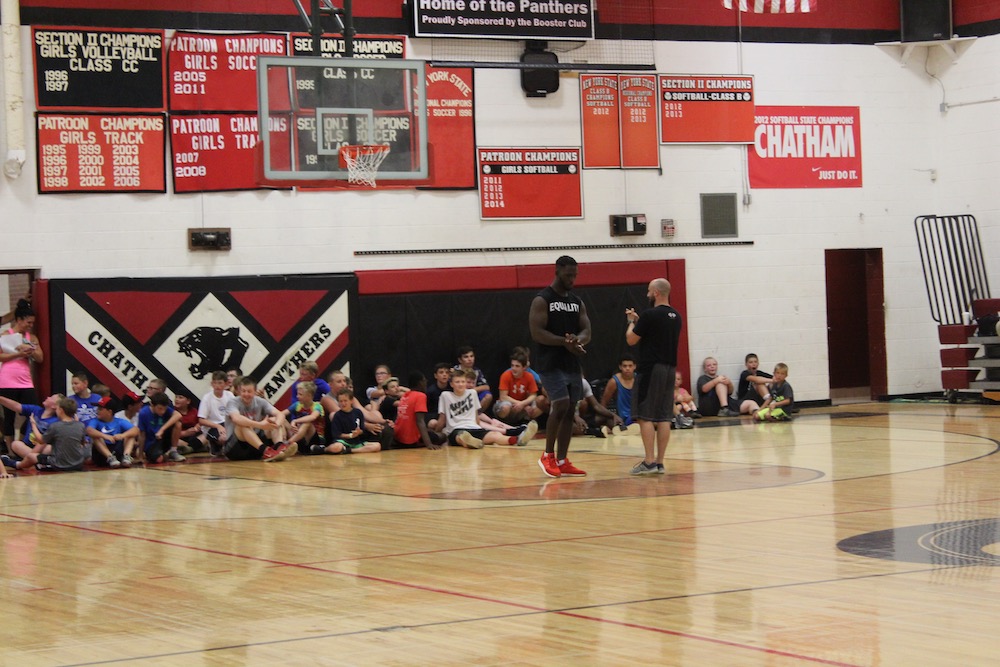If you haven’t already noticed, the youth athletic landscape is more competitive than ever. Securing a spot on a travel team has become a stressful process for both parents and kids. Struggles and failures at young ages are viewed as reasons to panic rather than opportunities to re-route and find better avenues for success.
In the end, you can only control so much, and when it comes to youth athletes and their athletic careers, there are many variables you can control to make a positive impact and set them up for future success. Knowing what it takes to stay healthy, stay focused, and improve physical qualities is often what separates an athlete from the pack as careers progress from middle school to high school and throughout college.
Take a look through the four tips below and start finding ways to prioritize them. These simple strategies will give you a big return on your investment!
1. Learn to Move Well & Master Basic Strength Training Technique
Quality movement and adequate strength are at the foundation of longevity in an athletic career. As an athlete progresses to higher levels of play, you’ll notice the number of games played during the year is going to increase. This means more throws for a baseball player, more jumps for a basketball athlete, and a larger accumulation of running for a soccer player. When an athlete’s body knows how to move more efficiently, and strength levels are adequate enough to tolerate the increased workload, the chance of common overuse injuries greatly decreases. Less injuries equates to your kid having more opportunities to practice and gain experience by playing in games.
2. Develop a Strong Work Ethic
Natural ability and skill can most definitely take you places in sport, but sooner or later your child is going to run into athletes with equal amounts of skill. At this point, what elevates an athlete is their work ethic. Who is stronger with the ball, has the quicker first step, and is less fatigued late in the game often comes down to who trained the hardest in the off-season and who knows how to flip the switch and keep pushing forward when times get tough.
3. Recovery
The work you put in is only as good as your ability to recover. At Capital District Sport and Fitness, we use the analogy that your training is like opening a bank account. When you train hard and play in games you’re making withdrawals. Your recovery methods are your deposits. Things like good sleep, nutrition, hydration, and soft-tissue work are all means of keeping your account in the green and staying healthy so you can continue to train and play.

4. Set Goals
Goal setting is a simple way to help athletes create a vision and find purpose. Good goal setting is often followed by an action plan, and that action plan can help athletes create a roadmap for accomplishing their goals. Here’s an example of what a goal sheet and action plan may look like for a high school baseball player:
TEAM
Win Back-to-Back Conference Championships
Win Sectional Title
State Champs
PERSONAL
Gain 10 lbs.
Lead by example (Everyday!)
Make all routine plays in the field
.300 Batting Average
Let’s take a deeper look at the first goal on the personal list.
GAIN 10 LBS.
You’re cheating yourself by just writing down your goal and leaving it at that. Delve further into your goal. Ask yourself, How will I gain 10 pounds this off-season? Answering questions like this will help expand your goal sheet and create a roadmap for how it’ll be accomplished.
Below is what a piece of the final goal sheet looked like.
GAIN 10 LBS.
4x/week of strength training
Eat a lot!
Weekly weigh-ins
With an action plan, your chances of reaching your goal increases exponentially. Further, developing an understanding of how difficult it is to reach goals and the ability to plan long-term strategies is just as valuable as reaching the goal itself.
About the Author

Mike Sirani is the Co-Owner of Capital District Sport and Fitness in Round Lake, NY. He’s an experienced strength and conditioning coach and massage therapist who has spent the majority of his career in Boston training professional, collegiate, and high school athletes of various sports, as well as helping general fitness clients of all backgrounds learn to move better and get stronger than ever before. He earned his Bachelor of Science Degree in Applied Exercise Science, with a concentration in Sports Performance, from Springfield College and completed a highly sought after six-month internship at Cressey Sports Performance. Mike specializes in teaching athletes and general fitness clients to get the most out of their bodies by enhancing their movement quality and creating exercises programs that allow you to get stronger, faster, and more powerful in a safe and effective

